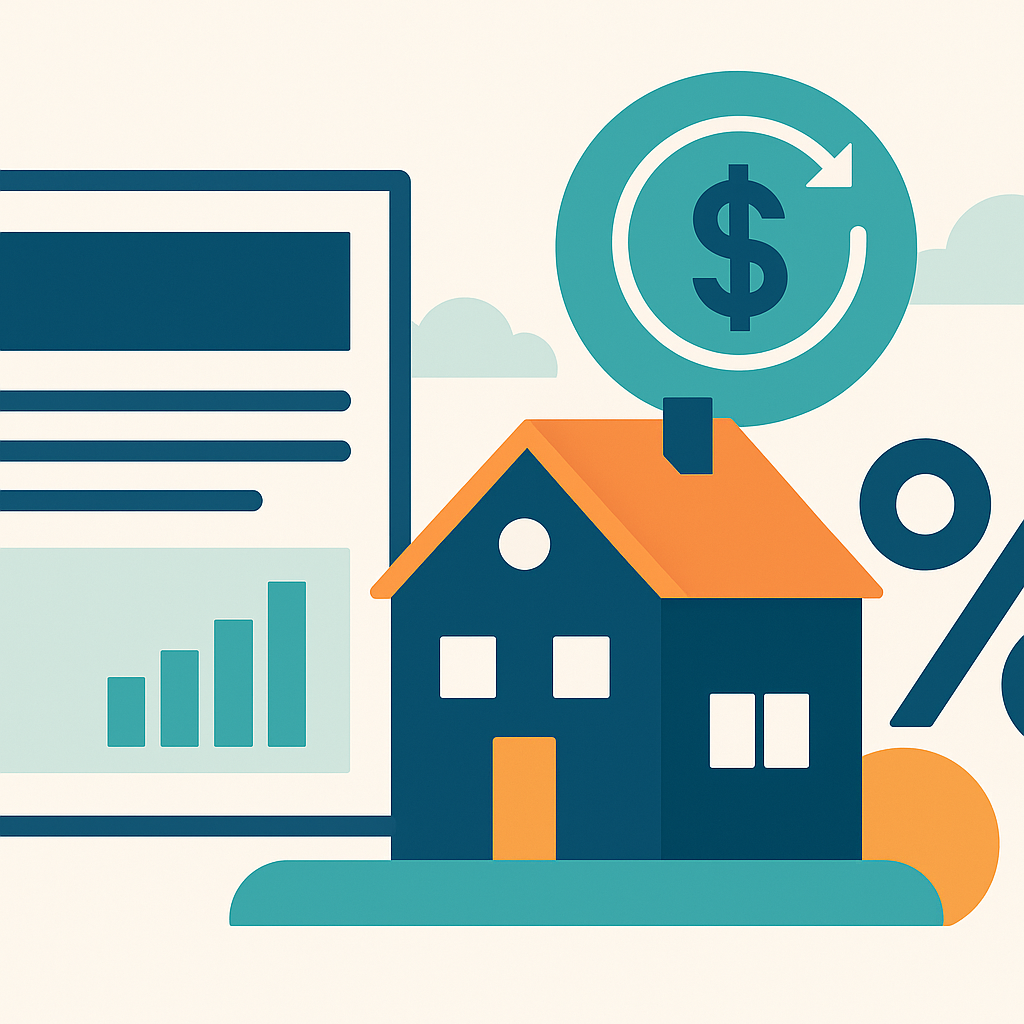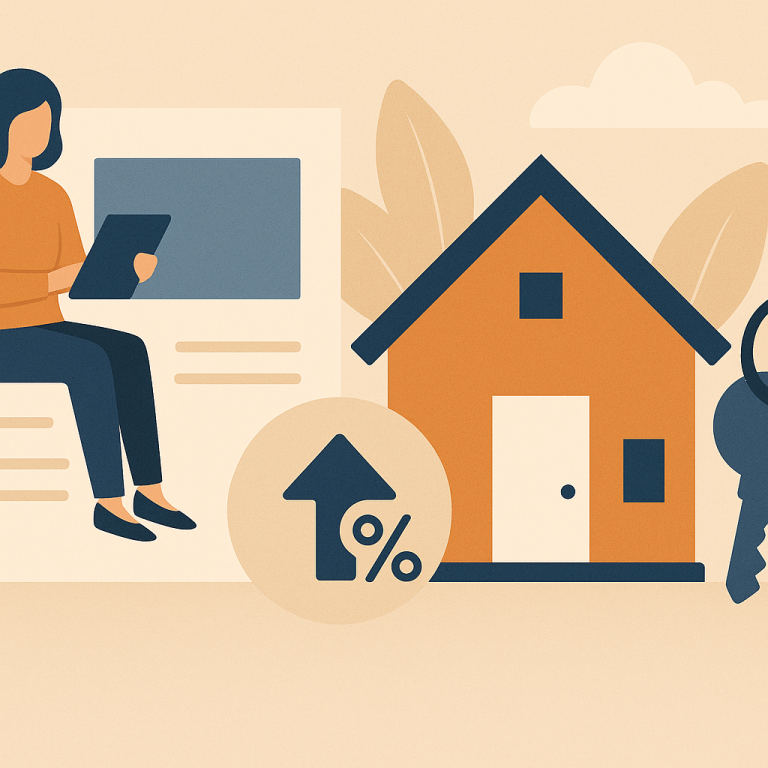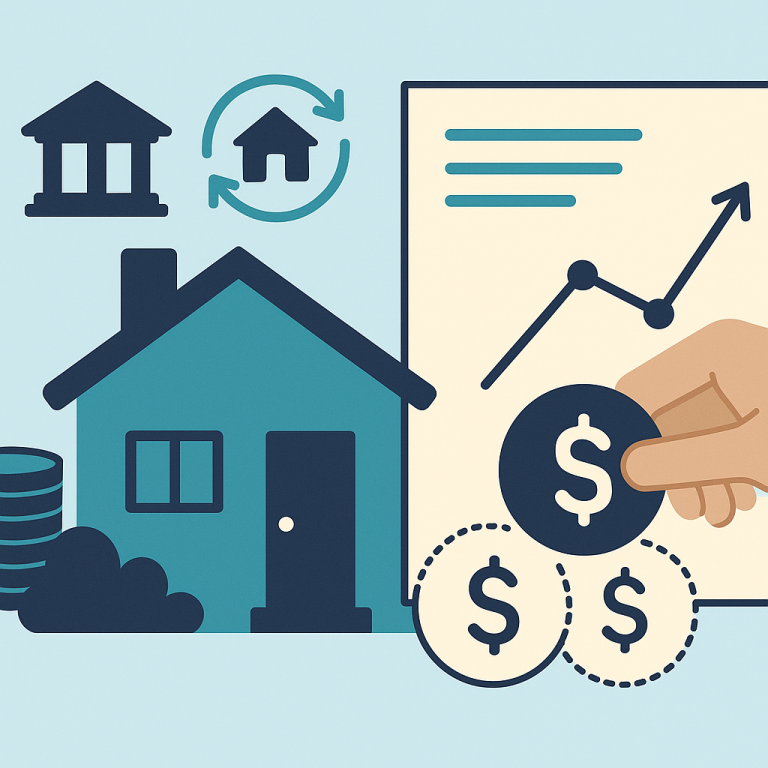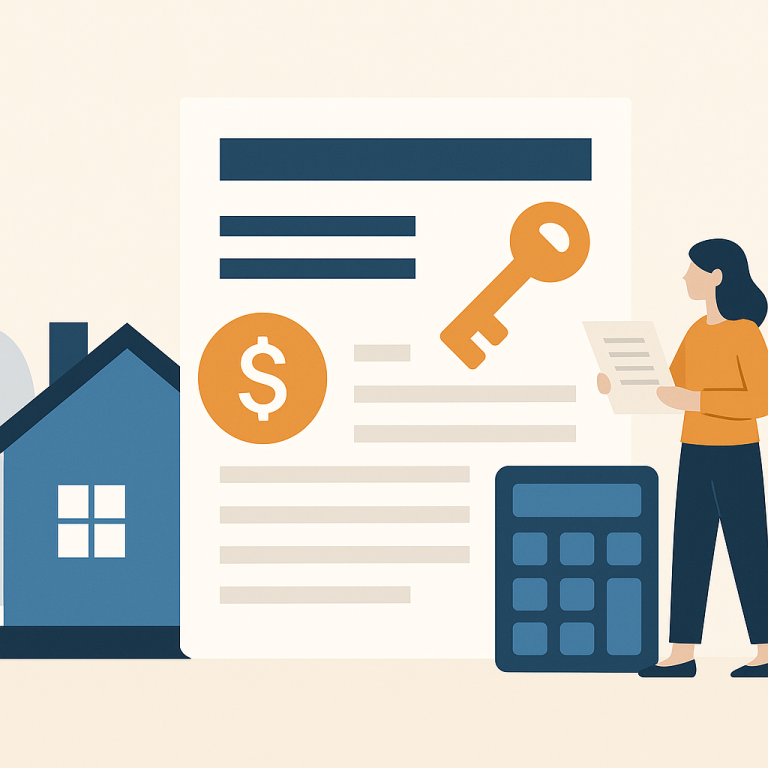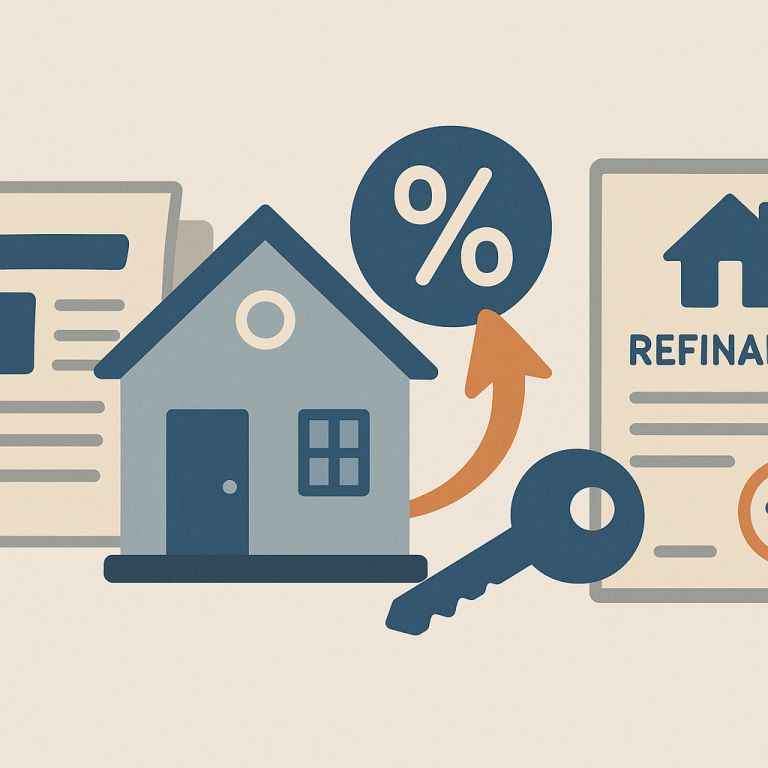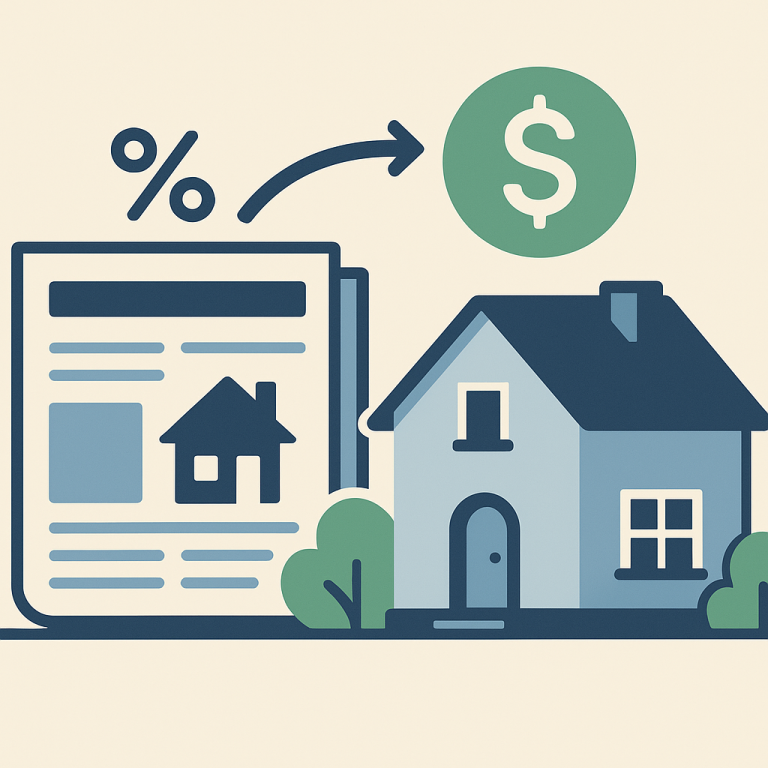Average 30-Year Refinance Rate Falls To 3.75% As Treasury Yields Slide
At a glance: The latest mortgage rate drop and how it could affect refinancing decisions.
Mortgage rates have moved lower. That can improve affordability and may reopen refinance options for borrowers whose current rate is above today’s quotes.
What the Rate Drop Means for Borrowers
Refinancing to a shorter loan term is a clear strategy for homeowners who want to pay off their mortgage faster and reduce total interest paid over the life of the loan. Unlike refinancing to lower monthly payments, the primary goal here is to accelerate principal repayment while keeping monthly cash flow manageable. That combination can deliver substantial long-term savings, but it requires careful evaluation of costs and qualification criteria.
Why choose a shorter term?
Shorter-term loans typically carry lower interest rates and place a larger portion of each payment toward principal. Over time, this reduces the total interest paid and builds equity faster than a longer-term loan. For borrowers who plan to stay in their home and have steady income, the faster payoff can free up future cash flow and offer financial peace of mind.
Key trade-offs to consider
- Monthly payment size. Even if the refinance aims to keep payments similar, moving to a shorter term usually increases the payment unless the borrower has significant equity or secures a notably lower rate. Evaluate whether the new payment fits comfortably within your budget.
- Closing costs and fees. Refinancing generates costs that can offset some interest savings. Calculate the breakeven point to determine how long it will take for lower interest to pay back those upfront expenses.
- Qualification requirements. Lenders assess income, credit, and property value. A shorter term may require stronger qualifications than a rate-only refinance.
- Liquidity and emergency planning. Allocating more of your monthly cash flow to mortgage principal reduces liquid savings. Ensure emergency reserves remain intact after refinancing.
How to evaluate whether a shorter term refinance makes sense
Start with a side-by-side comparison of your current loan and proposed offers. Look beyond the nominal interest rate: review the annual percentage rate (APR), which incorporates typical fees, and run a cash-flow analysis showing monthly payments and total interest over the remaining life of each loan. Consider the breakeven period for closing costs and how long you expect to stay in the home. If you plan to move before recovering refinancing costs, the strategy may not yield net savings.
Get multiple lender quotes and request full loan estimates so you can compare fees and projected payments. Ask how prepayment is handled and whether there are penalties for paying down the new loan early. If you have substantial home equity, you may qualify for flexible terms that lower payments while keeping the payoff timeline shorter.
Practical homeowner takeaways
- Refinance to a shorter term if you want to reduce total interest and can afford a potentially higher monthly payment without compromising savings or emergency funds.
- Calculate the breakeven point on closing costs before proceeding; the refinance only makes sense if you expect to remain in the home long enough to recoup those costs.
- Compare full loan estimates from several lenders and focus on APR and total interest, not just headline rates.
- Confirm you meet lender requirements for income, credit, and equity, and factor in potential tax and retirement impacts of accelerating mortgage repayment.
Refinancing to a shorter term can be a powerful way to cut long-term borrowing costs and build equity faster, but it should be pursued only after a clear comparison of payments, costs, and personal financial stability.
META: refinance-shorter-term; homeowners: evaluate breakeven, compare APRs, preserve emergency savings; audience: mortgage borrowers considering term shortening

